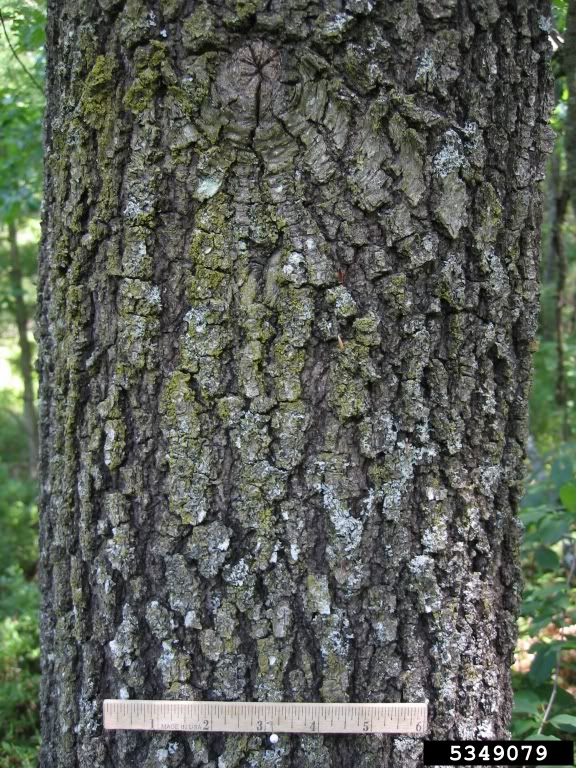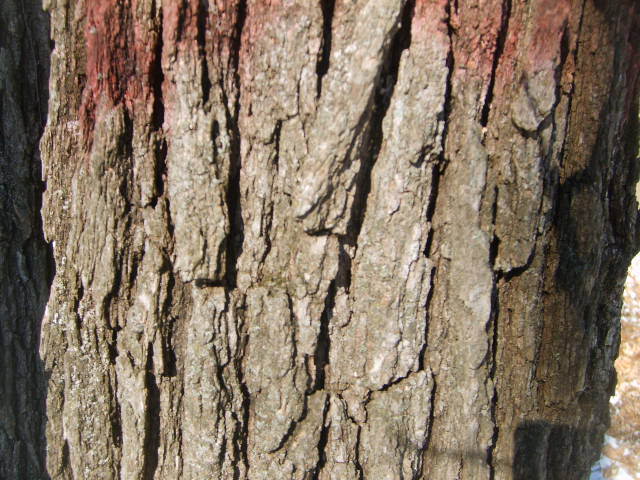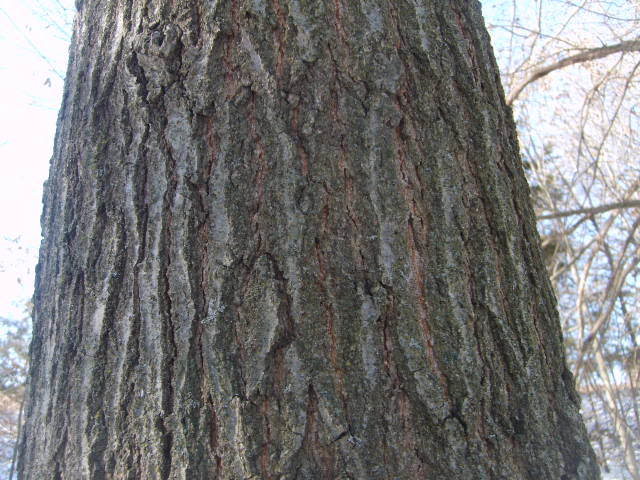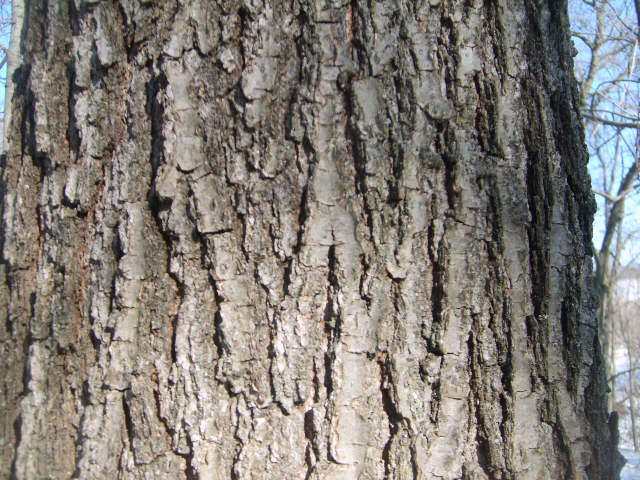Re: Timber Stand Improvment - identifing trees
This post is to help identify hardwood crop trees that we would choose not to kill (assuming the cull trees are not the same species). We need to identify these trees by bark, twigs and possibly leaves during winter months.
I may add more from time to time but these are some of the common hardwood trees that we prefer to perpetuate for both timber and mast. White oak species being at the top of the list of preferred species for both timber and mast.
Later we'll discuss less desirable species and which trees to cull when more then one desirable species are growing close to each other and we may be faced with a diffcult choice.
Black Oak - Quercus velutina Lam.
Black Oak Bark
Black oak leaf (note that black oak is a member of the red oak family of which leaves will be "sharper" while white oaks are rounded)
Black Oak Acorns - note that Black Oak Acorns are toxic to most wildlife, livestock and children!
Black Oak Tree
Bur Oak - Quercus macrocarpa Michx.
Bur Oak Bark
Buds and leaf scars
Tree in winter
Summer Bur Oak
Bur Oak Leaf
Bur Oak Acorn
Pin Oak - Quercus palustris
Pin Oak Bark
Pin Oak Leaves
Pin Oak Acorns
Pin Oak Tree
Pin Oak Twigs
Northern Red Oak - Quercus rubra
Northern Red Oak Bark
Northern Red Oak Leaves - note how sharp the pointed the leaves are as compared to white oak species. White oak acorns are highly favored by wildlife versus the high tannin bitter tasting red oak acorns.
Northern Red Oak Acorns
Northern Red Oak Tree
Northern Red Oak Buds
White Oak - Quercus alba L.
White Oak Bark
White Oak Leaves - note the very rounded or blunt globes of the leave compared to the sharp pointed red oak species.
White Oak Acorns - White oak acorns are highly sought after by wildlife!
White Oak Tree - most white oak species tend to be rounder and more open sprawling then red oak species.
White Oak Stem/Bud
Swamp White Oak (Quercus bicolor)
Swamp White Oak Bark
Swamp White Oak Leaves
Swamp White Oak Acorns
Swamp White Oak Tree
Black Walnut - Juglans nigra L.
Black Walnut trees are toxic to other trees and shrubs, the nuts are not sought after by whitetails and despite what many are lead to believe, most trees in open areas will not be as vaulable as thought.
Black Walnut Bark
Black Walnut Leaves
Black Walnuts - In fall and early winter these will be laying under the tree and easily identified.
Black Walnut Twigs
Black Walnut Tree
Black Cherry - Prunus serotina Ehrh.
Black Cherry Bark
Black Cherry Leaves
Black Cherry Fruit
Black Cherry Tree
Black Cherry Twigs
American Elm - Ulmus americana L.
American Elm Bark on bottom, Slippery Elm on top
American Elm Bark
American Elm Leaves
American Elm Tree
American Elm winter twig
American Beech - Fagus grandifolia Ehrh.
There are few beech trees in our area but they are a good wildlife tree and would be considered important, so care should be taken not to cull one by accident.
American Beech Bark
American Beech Leaf
American Beech Winter Leaf
American Beech Tree
American Beech Twig
Using Anatomy and Habitat to Identify a Tree
Hardwood Forestry Images



































































